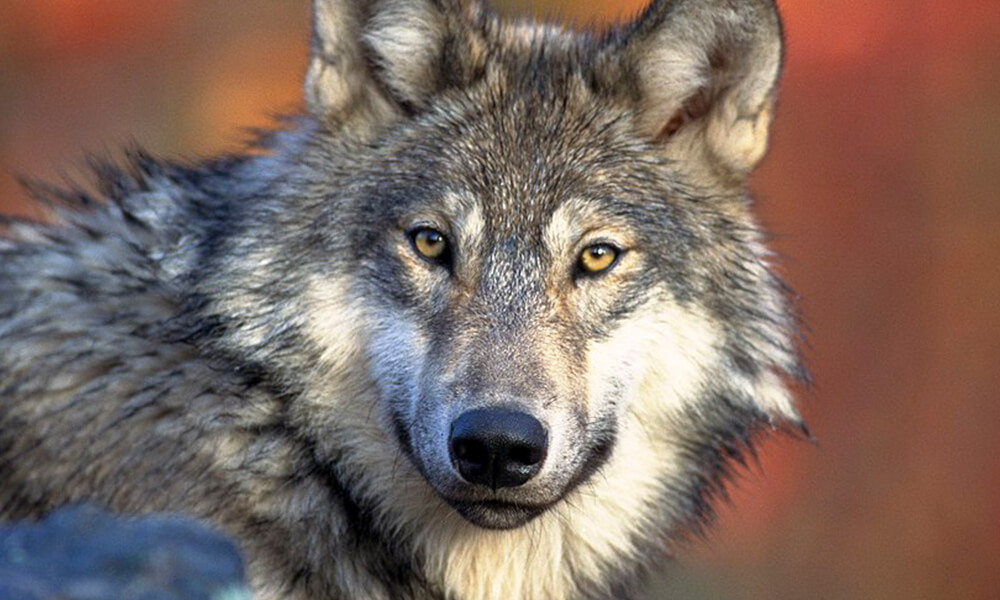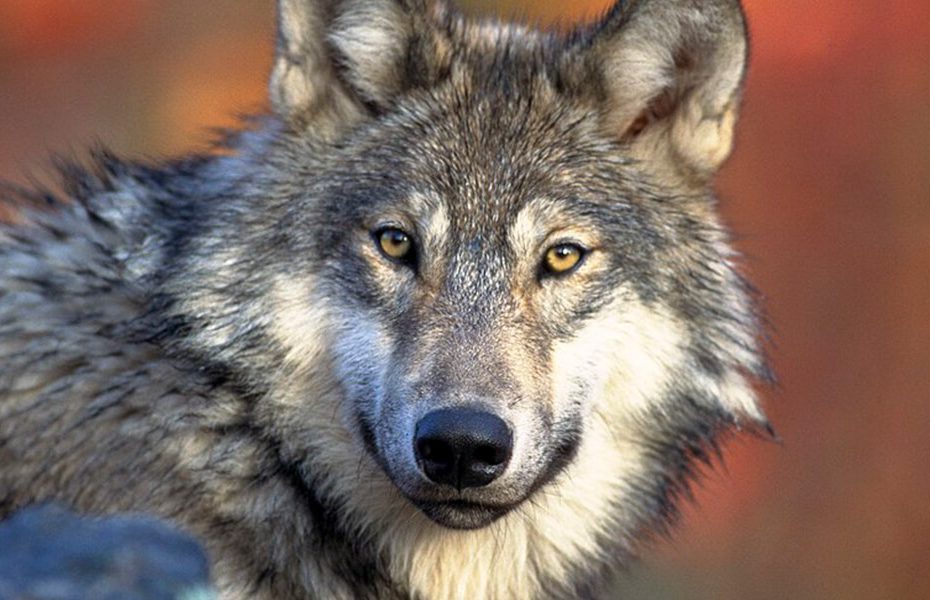
The Trump Administration’s Fish and Wildlife Service (USFWS) announced Thursday that the gray wolf has recovered in the lower 48 and will be de-listed as an endangered species under the Endangered Species Act.
With over 6,000 wolves in the lower 48, the USFWS believes the species no longer requires federal protections. They report that populations are growing or stable in Northern Rocky Mountains and Western Great Lakes regions, and are hailing the wolf recovery as another success story of the North American Model of Wildlife Conservation, which relies heavily on funds derived from excise taxes imposed on sportsmen.
“The gray wolf has exceeded all conservation goals for recovery,” said David Bernhardt, Secretary of the Interior. “Today’s announcement simply reflects the determination that this species is neither a threatened nor endangered species based on the specific factors Congress has laid out in the law.”
Certain wolf populations in the Northern Rocky Mountains had already been delisted, and those wolves have for the last several years been managed by state and tribal governments in Wyoming, Montana, Idaho, and eastern portions of Oregon and Washington. Populations in those states are healthy, according to the USFWS, and have even expanded into western Oregon, western Washington, northern California and most recently in northwest Colorado.
SEE ALSO: Early Numbers Show COVID Caution Not Slowing Hunters Down
The National Shooting Sports Foundation also hailed the announcement as a conservation victory for hunters.
“The National Shooting Sports Foundation is thrilled by this conservation success,” said Joe Bartozzi, NSSF President and CEO. “The firearm industry is proud of the more than $13.1 billion paid by firearm and ammunition manufacturers since 1937 for sustainable wildlife recovery and conservation.”
“Here’s where red tape should give way to sound science and the effective and lasting achievements of private industry and government agencies working with hunting-conservationists who are the greatest stewards of our natural resources,” Bartozzi continued.
Not everyone is happy about the announcement, of course. Environmental and animal-rights groups argue that while the gray wolf recovery has been monumental, the animals still live on only a fraction of their native range.
SEE ALSO: Oklahoma Governor Takes Black Bear on First Day of Archery Season
“This is no ‘Mission Accomplished’ moment for wolf recovery,” said Kristen Boyles, an Earthjustice attorney. “Wolves are only starting to get a toehold in places like Northern California and the Pacific Northwest, and wolves need federal protection to explore habitat in the Southern Rockies and the Northeast. This delisting decision is what happens when bad science drives bad policy — and it’s illegal, so we will see them in court.”
Wolves were trapped, poisoned, and hunted to near extinction in the lower 48 well into the 20th century but were placed on the endangered species list in 1978.
Advocates of de-listing believe those populations can continue their recovery even if states allow the predators to be hunted. Right now, Montana, Idaho, and Wyoming allow some wolves to be hunted each year, and Minnesota, Michigan, and Wisconsin will likely consider a similar program when the animals are de-listed in the lower 48.
